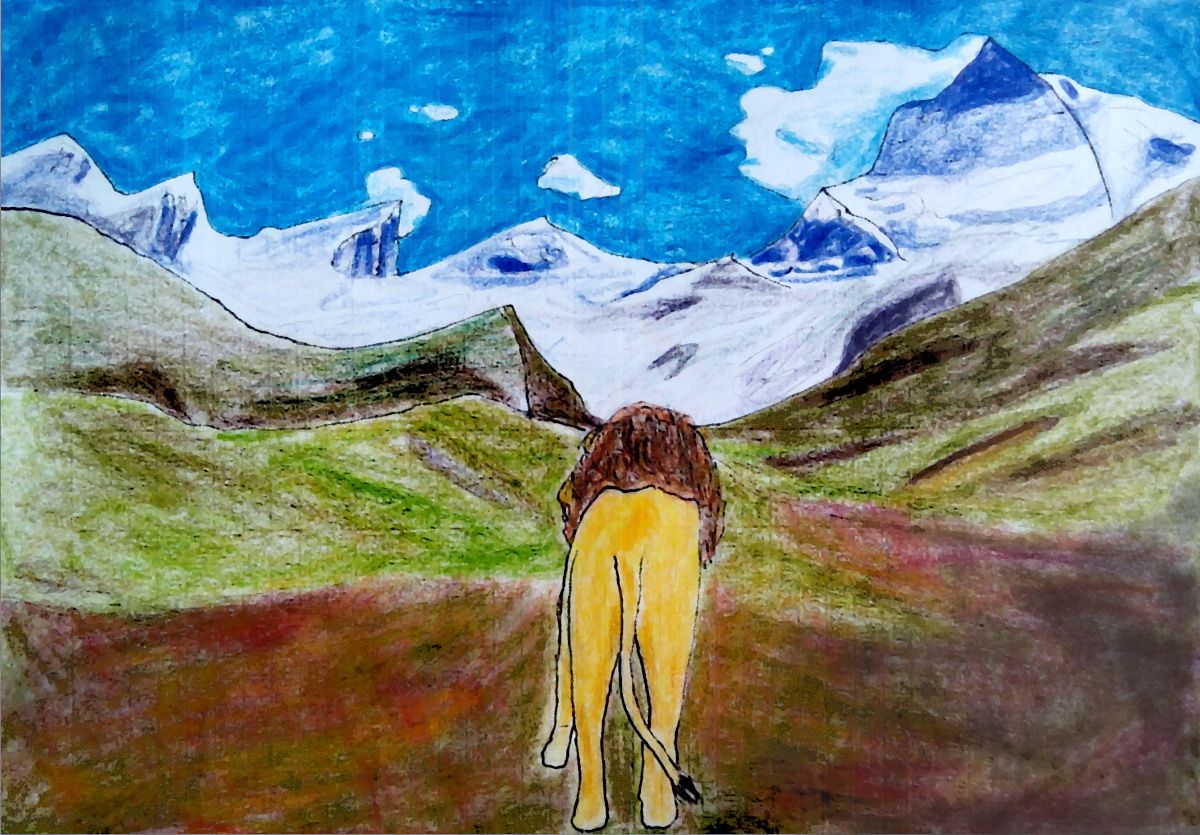Cecil and the Mountain
Why do we recognize the moral ambiguity of some environmentally harmful adventures more than others?

Why do we recognize the moral ambiguity of some environmentally harmful adventures more than others?
On 2 July 2015, Cecil the lion was shot by American recreational big-game hunter Walter Palmer. Palmer had legally purchased a hunting permit in Zimbabwe, where the poaching occurred, and was escorted by a local guide to the farm where he shot Cecil.
As soon as photos of Palmer posing with the body of Cecil, a male African lion, surfaced online, he became the most hated dentist in America.
Big-game hunting is a form of adventure tourism—going to a faraway place to do something wild and crazy. It’s the thing Westworld is designed to replace and for the same clientele. Except, Westworld doesn’t exist yet, so the death and destruction caused by these activities can’t simply be fixed with the press of a button.
Like our shifted perspectives on ivory, big-game hunting has been understood as a morally reprehensible activity for some time. We have no problem calling people out for killing beautiful and endangered animals with no intention of using the body for a subsistence purpose. We understand with relative ease why doing this is wrong and why we should speak out against it.
However, we struggle to apply this same lens to other environmentally detrimental forms of adventure tourism that we continue to engage in or aspire to accomplish—for example, mountain climbing.
In 1953, Sir Edmund Hillary and Tenzing Norgay became the first to conquer Mount Everest. In the 1950s, this truly was a remarkable accomplishment and only achieved by individuals with a deep love, understanding, and respect for mountaineering.
In the nearly 80 years that have elapsed since their epic feat, climbing Everest changed: it became a business.
Today, approximately 800 people attempt to climb Everest each year. While this may not sound like much compared to other tourist destinations such as the Grand Canyon, which sees over 4 million visitors annually, there are two important points to take note of. First, mountain climbing is a hazardous, expensive activity. And second there is only a 10-day window in May when climbers can summit due to inclement weather conditions.
That means: a lot of people are trying to do something all at once. Adding to this, some 150,000 people visit Sagarmatha National Park in Nepal each year, where Mount Everest is located.
While there is a lot to say about the dangers of adventure tourism, particularly climbing a mountain when you are underprepared and ill-equipped, I want to focus on the activity's environmental impact. I want to talk about this because we have no problem getting upset about Cecil the lion, but we continue to comment, clap and fire emojis on our co-worker’s Everest selfies.
Maybe it’s time to stop looking at these two activities as being so different.
As Mount Everest increasingly became a tourist destination, local governments and organisations needed to adapt. This meant installing waste bins along the trails to deter hikers from throwing their garbage into the woods. But as anyone who has been for a hike in a beautiful place surely knows, plastic water bottles and other miscellaneous human items have this incredible ability to appear everywhere.
In 2019, approximately 6,000 lbs of garbage in old tents, fuel tanks, food packaging, and miscellaneous junk, was collected along trails and base camps.
Human waste is an additional significant source of pollution on Everest. There is an estimated 12,000 lbs of human waste at base camps by the end of each climbing season due to the intestinal effects of putting the body under the stress of being at such a high altitude. This waste, generally stored in plastic bags and barrels, leaches into the waterways and through taps of partially unfiltered water consumed by local populations.
These impacts don’t consider the environmental costs of travelling to Nepal: the need to use filtered water upon arrival due to poor infrastructure—often from plastic water bottles—and other environmental realities of travel.
None of this information is new. We have known for many years that climbing Mount Everest is environmentally problematic. With tour companies advertising that they can get even the most inexperienced climber to the summit, things are only worsening. These companies have commodified environmental destruction and sold it in a package deal with a new parka included.
And yet, we don’t look at climbing Mount Everest the same way we look at Cecil the lion.
The Nepalese government absolutely has a role to play in addressing the degradation occurring due to human activity on Everest. They can and should take steps to limit the number of climbing permits issued annually and engage in reforestation and other projects to try and undo some of the damage that hikers and climbers have done. However, the responsibility is also ours—as the ones purchasing expensive trips to climb Everest or lauding our colleagues when they do so.
Like so many other things, social media has a role to play here, which is likely where many of us come in. Obsession with the best selfie, and the bragging rights associated with it, is destroying the planet.
And here is where the difference between climbing Everest and big-game hunting comes into play. Likely, most of us will only hear about big-game hunting on the news in the same way we heard about Cecil the lion. But a good number of us will likely see social media posts from our friends, neighbours, and co-workers bragging about engaging in some other environmentally destructive activity.
We will go to beautiful places, see water bottles strewn along the side, remark how terrible it is, and then keep walking.
We need to get better at calling each other out when we brag about doing something bad for the environment. The most powerful currency available today seems to be social clout on the internet; we are responsible for holding each other accountable.
This means that next time you see someone’s Everest selfie, treat it like you would the images of Walter Palmer and Cecil the Lion. To be clear, don’t send death threats—there’s a line and that would be definitely crossing it. But consider refraining from liking and commenting: “goals”.
Together, we can break the cycle of praise for environmentally harmful activities, and hopefully, in doing that, we can make those activities less appealing.
